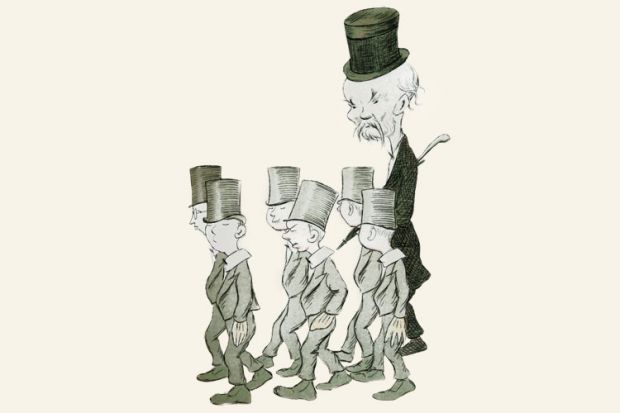One of the joys of teaching outside English-speaking countries is the names of students. For the linguistically minded, there is poetry to be found in the names of a new student intake. In Belgium, two languages contribute to this stream: Dutch and French.
When I was teaching at Ghent University, the names of binational and immigrant families stood out, since they were relatively rare. Outside Brussels, few first-generation immigrant children in Belgium appear in the country’s universities. I taught only one Muslim woman in a headscarf, an Erasmus student from Spain. There may have been perhaps 10 other Muslim or Arabic names a year in a cohort of 300 students.
Names at the universities at Brussels, Antwerp or Liège may be more multicultural: Ghent students are culturally and ethnically homogeneous. They all come from the surrounding area, often living at home and commuting to class by bus and train. They all go home on Fridays (with their laundry) to see friends and family, run the Scout and Chiro youth groups, help on the farm or in the family business. There is no weekend student culture in Belgium’s university cities.
I looked at my student lists and imagined why these particular names had been chosen. Were the Eddies in class named after Eddy Merckx, the greatest (Belgian) cyclist of all time? Was Manon named after the praline (deliciously domed and covered in white chocolate), or the tragic heroine of Manon Lescaut, via Puccini and Abbé Prévost? Were Joyce’s parents fans of Joyce Grenfell? Did Leander’s mum have a thing about Keats or Byron? Was Isolde the choice of Wagnerians or Arthurians? Is Thaïs the daughter of Byzantine classicists? Did Zuleïka’s parents read Max Beerbohm? I struggled not to call Willem “Dafoe”.
Flemish first names trip me up on gender. Siel confused me for years (I still can’t remember), but I do know that Sien is female and Sioen is male. Sam, Sanne, Jelle and Gert can be both male and female names. Joeri and Jetske are male, but their “feminine” endings confuse things. Other diminutives are more reliably feminine, such as “tje” or “sa”, as in Saartje, Ineke, Femke. My favourite name? Soetkin, for a girl.
Pronunciations can acculturate us disconcertingly. I can no longer pronounce Julie the English way, but automatically Frenchify it as “zzzjulEE”. Simon is “seemON”.
Surnames can be fiendishly unfamiliar, a complete nightmare for the unwary, but also an intriguing challenge: how to pronounce Yde? Branswijk is a workout for the double Dutch vowel of “ij”. I can only pronounce “Dhooge” correctly by mentally inserting the lost apostrophe between “D” and “h”. Luyckx needed practice before daring to say it aloud in class.
Many Flemish surnames are prefixed by De and Van. As with Scottish clan name variants, I was careful to get the capital letters right, since “de” is not the same as “De”. When I stacked students’ exam papers in alphabetical order so that I could fetch the right one quickly during feedback, the D and V piles had their own tables, so numerous were they.
Kate Macdonald is a visiting fellow in the department of English literature, University of Reading and a former assistant professor in the department of literary studies, Ghent University.
后记
Print headline: A roll call to remember
